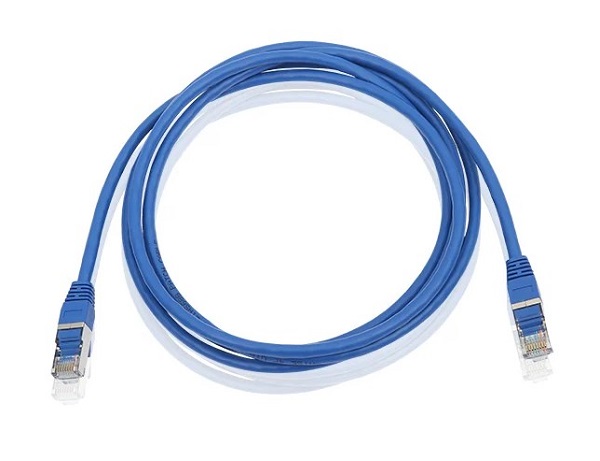News
Site Editor
 Site
https://leonetworkgroup.usa18.wondercdn.com/uploads/image/5fe152faa587d.png
A good cable prevents serious disorders for the installer, these disorders can be the intermittent failure of some equipment or lead to a fire in the installation and compromise human lives.
Site
https://leonetworkgroup.usa18.wondercdn.com/uploads/image/5fe152faa587d.png
A good cable prevents serious disorders for the installer, these disorders can be the intermittent failure of some equipment or lead to a fire in the installation and compromise human lives.
Copper Cable System And How To Choose Them
Views: 745
Author: Site Editor
Publish Time: 2023-04-26
Origin: Site
A good cable prevents serious disorders for the installer, these disorders can be the intermittent failure of some equipment or lead to a fire in the installation and compromise human lives.
For this reason, there will never be enough emphasis on the obligation to choose a cable that complies with the standard conditions and avoid lower-cost cables that do not have enough insulation or enough copper.
When the cable is very bad it is easy to identify because, generally, its defects are obvious to the naked eye. For example, the copper conductor is very off-center, and therefore the insulation thickness is thinner at one point than the other.
We shall discuss the factors to consider when choosing your copper cable system in this blog post.
Copper Cable System And How To Choose Them
Copper cable systems are widely used for data and power transmission in various applications. Here are some features and considerations to help you choose the right copper cable system for your needs:
1. Cable Type
Copper cables come in various types, including twisted pair, coaxial, and shielded cables. Each type has its unique features and applications. For example, twisted pair cables are commonly used in Ethernet networks, while coaxial cables are used for high-frequency applications such as cable TV and broadband internet.
2. Bandwidth
The bandwidth of the cable is an important consideration for data transmission. Higher bandwidth cables can transmit data at faster speeds and with less signal loss over longer distances.
3. Cable Length
The length of the cable will affect the signal strength and quality. For longer cable runs, thicker cables or signal repeaters may be required to ensure reliable transmission.
4. Shielding
Shielded cables are designed to reduce electromagnetic interference (EMI) and radio frequency interference (RFI). Shielding can be important in environments with high levels of electromagnetic noise, such as near large motors or other electrical equipment.
5. Connectors
Copper cables require connectors to terminate the cable and connect it to equipment or other cables. Choosing the right connector is important for maintaining signal quality and reliability.
6. Installation Environment
The installation environment should also be considered when choosing a copper cable system. Outdoor installations may require cables with waterproofing or UV protection, while indoor installations may require cables with fire-resistant jackets.
7. Standards
Copper cables are regulated by industry standards that define their performance characteristics. It is important to choose a cable that meets the appropriate standards for your application.
By considering these features and factors, you can choose the right copper cable system for your needs, ensuring reliable data and power transmission. It is also important to consult with professionals in the field to ensure that you are making the right choice for your specific requirements.
Contact us for a standard copper cables system
Here, we are leaders in providing quality products for electrical protection, guaranteeing the safety of equipment and personnel. The use of quality non-copper connectors, rods, and wires may result in an unstable connection or require increased maintenance. Check here to shop for quality.
If you want to know more about industrial network cabinet,china fiber optic splice closure,china fiber optic distribution box,please consult the fiber optic splice closure factory









